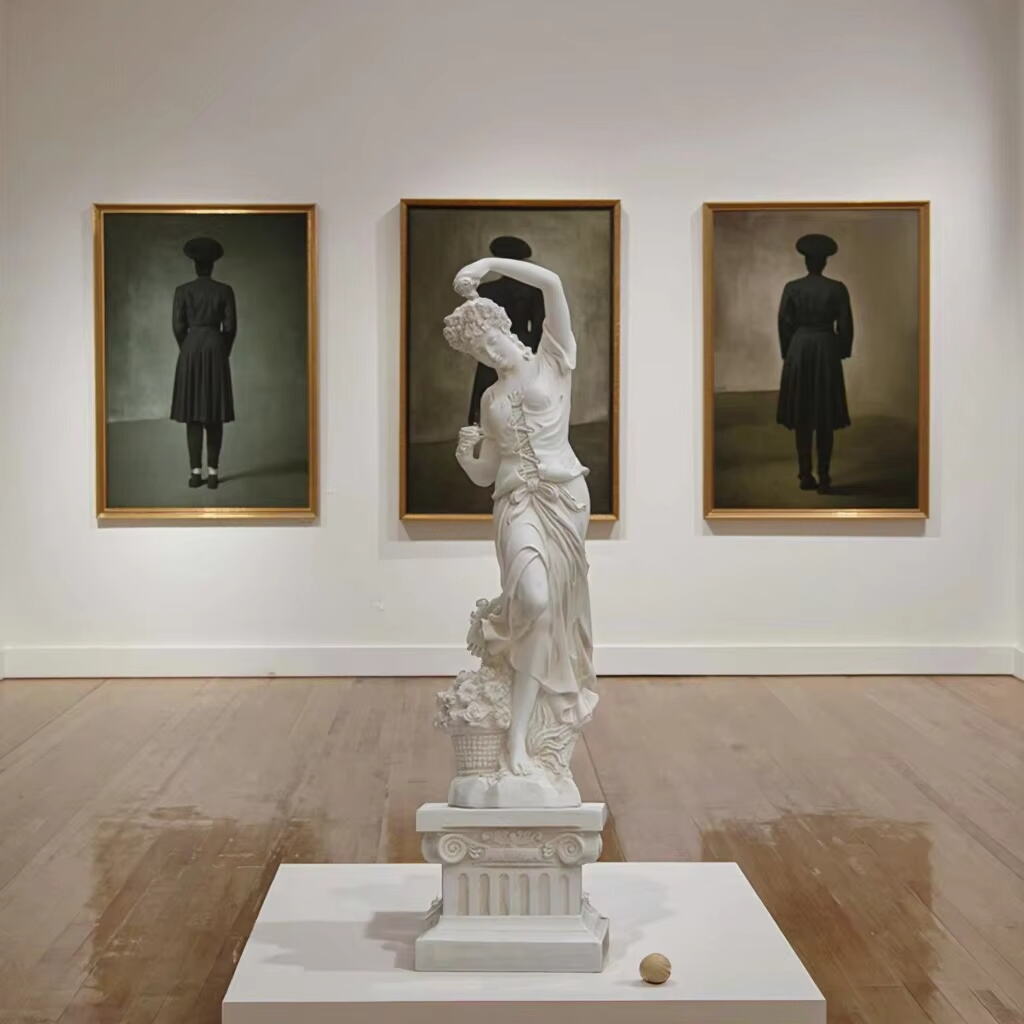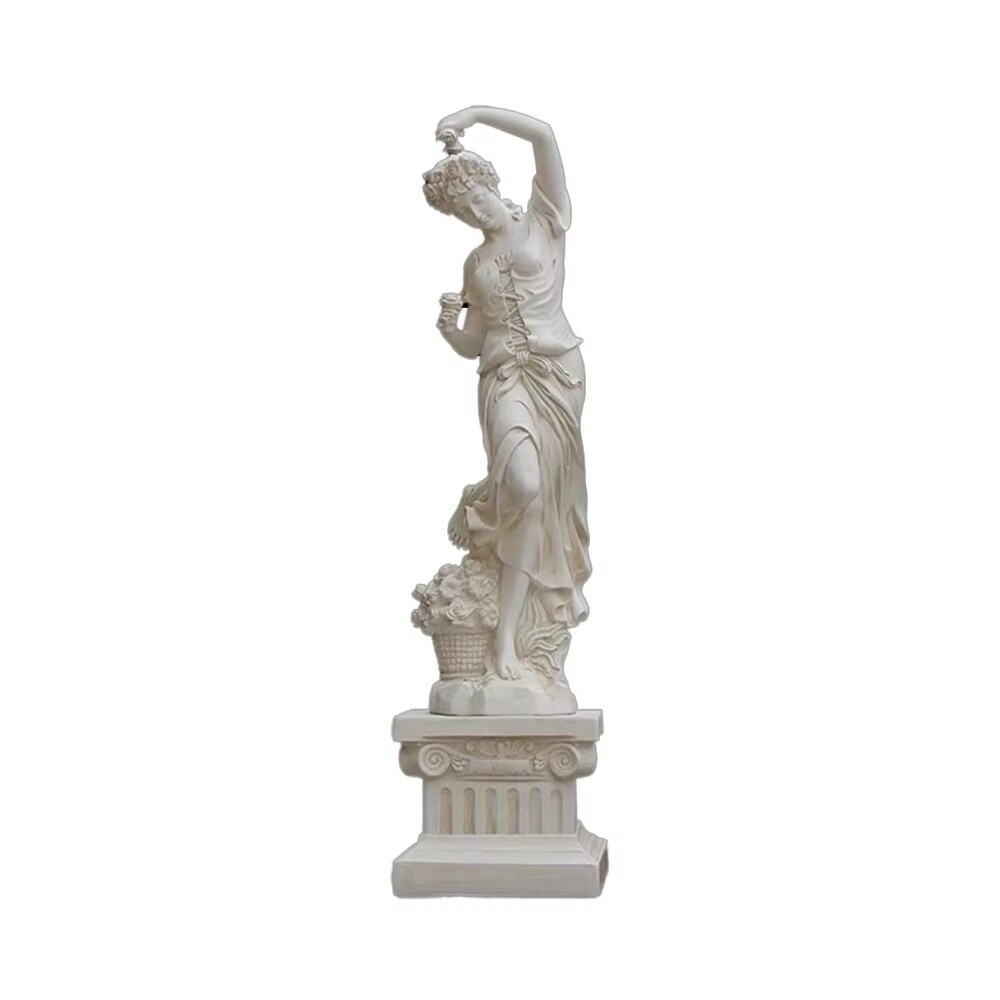Transforming Outdoor Spaces with Artistic Expression
Outdoor sculptures serve as more than just decorative pieces in gardens and parks. They bring life, personality, and cultural depth to outdoor environments, enhancing the overall visitor experience. These artworks create focal points that invite reflection, interaction, and inspiration. By integrating outdoor sculptures thoughtfully, landscape designers and property owners can elevate the aesthetic appeal and emotional resonance of open spaces.
The Role of Outdoor Sculptures in Defining Space
Outdoor sculptures help define and organize garden or park layouts. Positioned strategically, they guide visitors through pathways, highlight key areas, or frame natural views. This spatial influence helps create a sense of journey and discovery, making outdoor areas feel more engaging and purposeful.
Additionally, sculptures act as visual anchors, balancing the natural elements such as plants, trees, and water features. This harmony between art and nature results in a cohesive and inviting outdoor environment that encourages exploration and relaxation.
Outdoor Sculptures as Storytellers
Many outdoor sculptures tell stories or celebrate cultural heritage, local history, or natural themes. Through symbolism, form, and material, they convey narratives that deepen the connection between visitors and the space. This storytelling aspect transforms gardens and parks into living galleries where art and environment merge seamlessly.
Sculptures often commemorate important events, honor influential figures, or express universal themes like growth and harmony. These messages enrich the outdoor experience, making it more meaningful and memorable.
Enhancing Aesthetics with Outdoor Sculptures
Variety of Styles and Materials
Outdoor sculptures come in a diverse range of styles, from abstract modern forms to classical figurative pieces. This variety allows designers and owners to select sculptures that best complement the character of the garden or park.
Materials commonly used include bronze, stone, metal alloys, and weather-resistant resin. Each material offers unique textures and finishes that interact with light and weather in distinct ways, enhancing the sculpture’s presence outdoors.
Seasonal and Lighting Effects
Outdoor sculptures interact dynamically with changing seasons and lighting conditions. Sunlight casts shadows and highlights different parts of a sculpture throughout the day, creating a living artwork that evolves with time.
At night, strategically placed lighting can accentuate shapes, textures, and colors, making outdoor sculptures visible and captivating even after dark. This interplay between sculpture and environment adds layers of visual interest and atmosphere.

Practical Considerations for Outdoor Sculptures
Durability and Weather Resistance
One of the key considerations when choosing outdoor sculptures is durability. Sculptures must withstand exposure to sun, rain, wind, and temperature fluctuations without deteriorating.
Materials like bronze and treated stone offer excellent weather resistance, while modern resins are engineered to resist UV damage and moisture. Proper sealing and maintenance further extend the lifespan of outdoor sculptures, ensuring they remain attractive for years.
Placement and Safety
Safe and thoughtful placement of outdoor sculptures is essential. Sculptures should be positioned to avoid obstructing pathways or creating hazards, especially in public parks with heavy foot traffic.
Mounting methods such as secure bases or anchors prevent tipping or movement caused by wind or accidental contact. These measures help protect both the artwork and visitors.
The Environmental and Social Impact of Outdoor Sculptures
Encouraging Community Engagement
Outdoor sculptures often become focal points for community interaction and cultural events. They inspire dialogue, creativity, and social gatherings, strengthening community bonds.
By hosting sculpture tours, workshops, or art festivals, parks and gardens can foster cultural appreciation and participation, turning outdoor sculptures into catalysts for social enrichment.
Promoting Environmental Awareness
Many outdoor sculptures incorporate natural themes or recycled materials, raising awareness about environmental issues. They remind visitors of the importance of preserving nature and encourage sustainable behaviors.
This environmental message enhances the educational value of gardens and parks, making outdoor sculptures tools for both art appreciation and ecological consciousness.
Integrating Outdoor Sculptures into Design Projects
Collaboration with Artists and Designers
Successful integration of outdoor sculptures involves collaboration between landscape architects, artists, and clients. This teamwork ensures the sculptures complement the overall design concept and meet practical needs.
Artists bring creative vision and technical expertise, while designers provide spatial planning and environmental context. Together, they create harmonious outdoor spaces where sculptures enhance rather than overpower.
Customization and Unique Identity
Custom outdoor sculptures allow parks and gardens to develop a unique identity. Personalized artworks can reflect local culture, history, or natural features, distinguishing the space from others.
This uniqueness attracts visitors and enhances the reputation of public and private outdoor areas, adding value beyond aesthetics.
FAQ
What materials are best suited for outdoor sculptures?
Materials such as bronze, stone, treated metal alloys, and UV-resistant resin are ideal for outdoor sculptures due to their durability and weather resistance.
How often should outdoor sculptures be maintained?
Maintenance frequency depends on the material and environment, but typically sculptures benefit from annual inspections and cleaning to remove dirt, debris, and check for damage.
Can outdoor sculptures withstand extreme weather conditions?
Many outdoor sculptures are designed to endure harsh weather, but proper installation, sealing, and occasional maintenance are crucial for long-term durability.
How do outdoor sculptures enhance community spaces?
Outdoor sculptures create gathering points, encourage cultural activities, and foster social interaction, enriching the community experience in gardens and parks.
Table of Contents
- Transforming Outdoor Spaces with Artistic Expression
- The Role of Outdoor Sculptures in Defining Space
- Outdoor Sculptures as Storytellers
- Enhancing Aesthetics with Outdoor Sculptures
- Practical Considerations for Outdoor Sculptures
- The Environmental and Social Impact of Outdoor Sculptures
- Integrating Outdoor Sculptures into Design Projects
- FAQ


